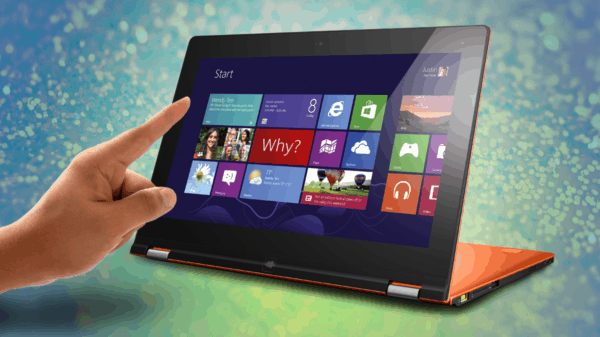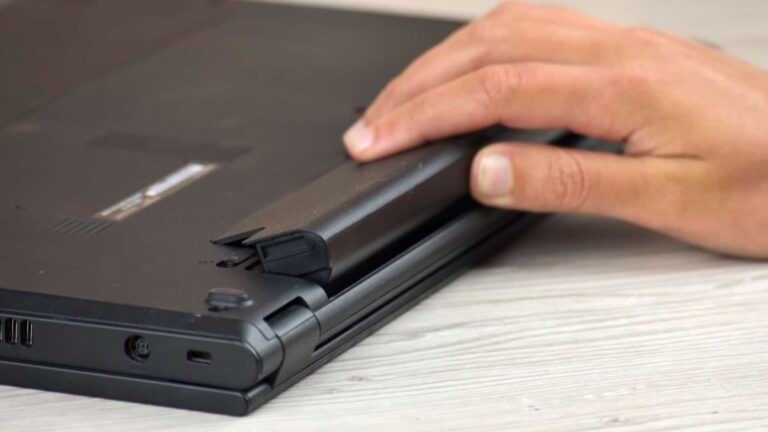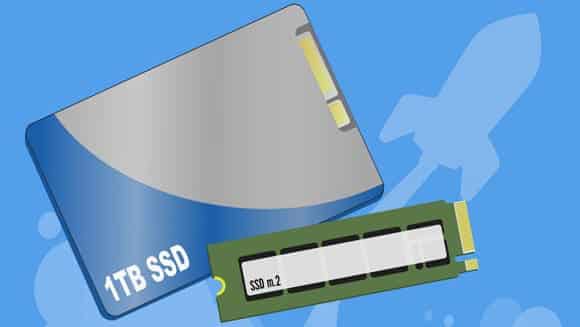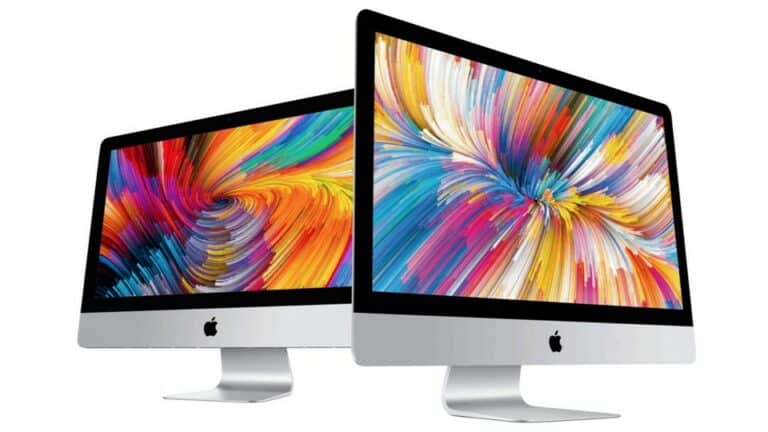In today’s smartphone-dominated world, it’s easy to expect that every device should come with a touchscreen. While touchscreens are essential for smartphones and tablets, they aren’t always a good fit for traditional laptops. In fact, a traditional laptop with a touchscreen can be a costly mistake. Here are five compelling reasons to avoid touch-enabled notebooks.
1. Higher Costs for Touchscreen Laptops
Touchscreen laptops often come at a premium. Some laptops are only available with touch, while others offer it as an expensive upgrade. For example, a mid-range laptop priced around $1,000 could see an additional cost of $200 or more for a touchscreen. Even if you find a laptop with touch at the same price, opting for a touchscreen model may still be a poor investment.
2. Touchscreens Drain Battery Life
Touchscreens can reduce your laptop’s battery life by 15-25%, even when not in use. That’s because the touchscreen’s digitizer, which detects touch inputs, remains active, continuously drawing power. Disabling the touch function won’t solve the problem either, as the digitizer still consumes energy. Over time, this can significantly impact your productivity and mobility by reducing your laptop’s endurance on a single charge.
3. Touchscreen Laptops Are Heavier
Choosing a touchscreen laptop means you’ll be carrying extra weight. The glass needed for the digitizer adds anywhere from 100 to 200 grams, making the device noticeably heavier. This added weight can make a difference, especially if you’re frequently on the move or need to carry your laptop throughout the day.
4. Awkward Touchscreen Use on Clamshell Laptops
Using a touchscreen on a traditional clamshell laptop is uncomfortable. Unlike smartphones or tablets, where the screen is typically closer to your hands, a laptop screen sits further away, requiring you to reach across the keyboard. This position can lead to strain and discomfort. Try it yourself: hold your arm out and perform touch gestures on a laptop screen – how long before your arm feels tired?
5. Reduced Stability and Usability
A traditional laptop is built for productivity with a stable hinge and a functional keyboard. Reaching up to touch the screen can interrupt your workflow and reduce the laptop’s sturdiness. Touchpads, on the other hand, offer a more intuitive and efficient way to interact with your device. With gestures like three-finger swipe or two-finger rotation, a touchpad provides seamless navigation that can easily match, or even surpass, the functionality of a touchscreen.
6. Poorer Viewing Angles on Touchscreen Laptops
Touchscreens often use glossy glass, which impacts viewing angles and reflects light, making it harder to share your screen. If you’re presenting or watching a movie with someone sitting at an angle, they might see washed-out colors and distracting reflections. Touchscreen displays turn your laptop into a mirror, which is the last thing you want when viewing or sharing content.
7. Costly Repairs for Touchscreen Laptops
Repairing a touchscreen laptop can be significantly more expensive than fixing a non-touch model. Standard laptop screens are often interchangeable and easier to replace, making them more affordable to fix. In contrast, touchscreen repairs often require replacing the entire display assembly, leading to longer repair times and higher costs. Sometimes, parts even have to be ordered from overseas!
Conclusion: Say No to Touchscreen Laptops
Opting for a touchscreen on a traditional clamshell laptop often means paying more for less – less battery life, less portability, and less usability. Although manufacturers continue to push touch-enabled models, believing the feature will drive sales, the downsides far outweigh the benefits. Until technological advancements minimize the gap between touch and non-touch models, it’s best to avoid touchscreen laptops and enjoy better performance with a non-touch alternative.






